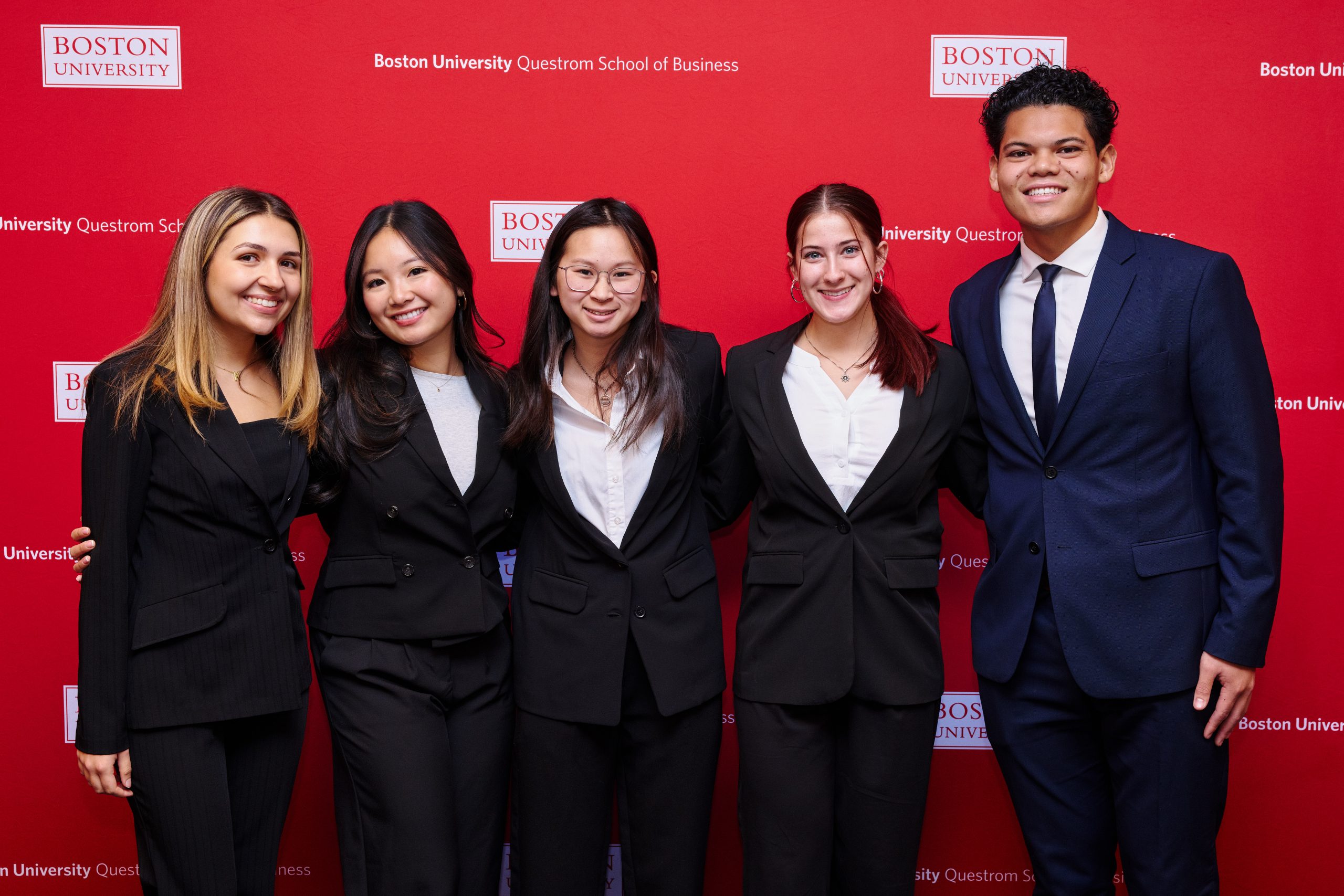 With the goal of harnessing the energy-production capabilities of microscopic bacteria to produce power and clean wastewater on a large commercial scale, Dr. Baikun Li, an assistant professor of Civil & Environmental Engineering, and her industrial partners have received funding from the New York State Energy Research & Development Authority (NYSERDA) to further her microbial fuel cell (MFC) research.
With the goal of harnessing the energy-production capabilities of microscopic bacteria to produce power and clean wastewater on a large commercial scale, Dr. Baikun Li, an assistant professor of Civil & Environmental Engineering, and her industrial partners have received funding from the New York State Energy Research & Development Authority (NYSERDA) to further her microbial fuel cell (MFC) research.
Dr. Li and her industrial partner, Connecticut-based engineering consulting firm Fuss & O’Neill, are subcontractors to a HydroQual, a Mahwah, NJ environmental engineering company that serves as the prime contractor. The grant also garnered matching funds from the Water Environment Research Foundation (WERF) an international water pollution research and outreach group. The Connecticut Clean Energy Fund has also shown keen interest in the team’s work, which centers on the development of large-scale, efficient microbial fuel cells.
Though they have been studied since the early 1900s, MFCs are still in their infancy, according to Dr. Li, who remarked that most research to date has focused on very small-scale lab units. In a microbial fuel cell, a feedstock – in this case, carbohydrate-laden wastewater – is fed into a vacuum-sealed cell, where anaerobic bacteria embedded in a carbon tube dine on the fatty acids, glucose and other organic carbons prevalent in wastewater. The bacteria degrade these organic compounds, and generate protons and electrons; the electrons are transported to an electrode – in this case the anode, and conducted through a copper wire circuit to a second electrode, called a cathode. At the cathode, electrons and protons react with oxygen, through which electricity is generated.
An MFC operates at room temperature and requires only wastewater as its influent, in contrast with solid oxide fuel cells (SOFCs) and most polymer electrolyte membrane (PEM) fuel cells, which require higher temperatures and pressures, a costly catalyst (often platinum) in the case of PEM fuel cells, as well as added hydrogen or nitrogen to operate. However, while SOFCs and most PEM fuel cells are much costlier to operate than MFCs, they are also considerably more efficient sources of energy, producing on the order of 3000 watts/cubic meter of energy, in contrast with the approximately 3 watts/cubic meter an MFC may produce.
 Dr. Li’s collaborations with Fuss & O’Neill began in 2007 when UConn engineering alumnus Dr. Michael Curtis (’76, ’80, ’87), Senior Vice President of Facilities and Environmental Systems Division, foresaw how teaming with Dr. Li could propel the integration of MFCs into commercial operations. Fuss & O’Neill has focused increasingly on environmentally sustainable construction and building solutions in recent years, and Dr. Curtis said this collaboration is a natural fit for Fuss & O’Neill, which is involved in dozens of municipal sewage treatment operations around the Northeast. Conventional sewage treatment plants rely on a mixture of processes, including microbes, to produce clean water. In the process, they use huge amounts of power and release tens of millions of tons of CO2 into the atmosphere every year.
Dr. Li’s collaborations with Fuss & O’Neill began in 2007 when UConn engineering alumnus Dr. Michael Curtis (’76, ’80, ’87), Senior Vice President of Facilities and Environmental Systems Division, foresaw how teaming with Dr. Li could propel the integration of MFCs into commercial operations. Fuss & O’Neill has focused increasingly on environmentally sustainable construction and building solutions in recent years, and Dr. Curtis said this collaboration is a natural fit for Fuss & O’Neill, which is involved in dozens of municipal sewage treatment operations around the Northeast. Conventional sewage treatment plants rely on a mixture of processes, including microbes, to produce clean water. In the process, they use huge amounts of power and release tens of millions of tons of CO2 into the atmosphere every year.
“EPA has set a number of important goals for waste treatment facilities: to reduce energy requirements, to better manage energy use, and to cost-effectively produce and recover renewable (green) power,” said Dr. Curtis. “We are a small player in this realm, but this type of technology – what I call ‘carbon engineering’ – would propel us ahead of our competitors by affording us a clear differentiating advantage. You take a high-energy resource, such as the carbohydrates in sanitary sewage, and exploit it in energy production. It’s like photosynthesis in reverse. An MFC takes advantage of the seemingly unlimited supply of sewage and converts it back into usable energy. The carbon supplying the fuel cell has effectively been sequestered from the atmosphere, making this a green, carbon-neutral process.” He remarked that if the technological challenges to efficiently scaling up the devices can be addressed, MFC technology could “turn a trillion dollar industry on its ear.”
The MFC under development in Dr. Li’s lab uses a bacterium species called Geobacter, known for its appetite for petrochemical pollutants and ability to transfer electrons onto an electrode surface. At a small scale, MFCs can produce a relatively large amount of energy. However, their energy conversion capacity declines as the scale is increased, rendering them inefficient power sources currently for most commercial applications. This is perhaps the greatest challenge Dr. Li and her colleagues hope to overcome. They seek to develop high-energy output MFCs and units that are ideal for different commercial applications, from large municipal sewage treatment plants to homes and businesses.
In her laboratory at UConn, Dr. Li has developed 250 ml and 1 liter MFC units. With Fuss & O’Neill, she plans to build and test a 20 liter unit, and in summer 2009, to install pilot scale units at the Gloversville-Johnstown Joint Wastewater Treatment Facility in upstate New York. Dr. Li said that “Municipal wastewater treatment plants represent a huge energy ‘sink’ in the U.S., consuming an estimated 3% of the total power consumed each year across the nation. Ironically, the wastewater is concentrated with carbohydrates that are inherently high energy compounds. If we could harness this untapped resource to produce high quality energy and clean water, we could reverse the current energy balance of sewage treatment facilities.”
In December 2008, Fuss & O’Neill and Dr. Li also secured a Small Business Innovation Research (SBIR) Phase 1 ($70,000) grant from the United States Environmental Protection Agency. A two-year $50,000 grant from the Connecticut Institute of Water Resources at UConn has also supported the team’s research collaboration since 2007.
Dr. Li, who joined UConn in 2006, received her Ph.D. in 2002 from the University of Cincinnati.


